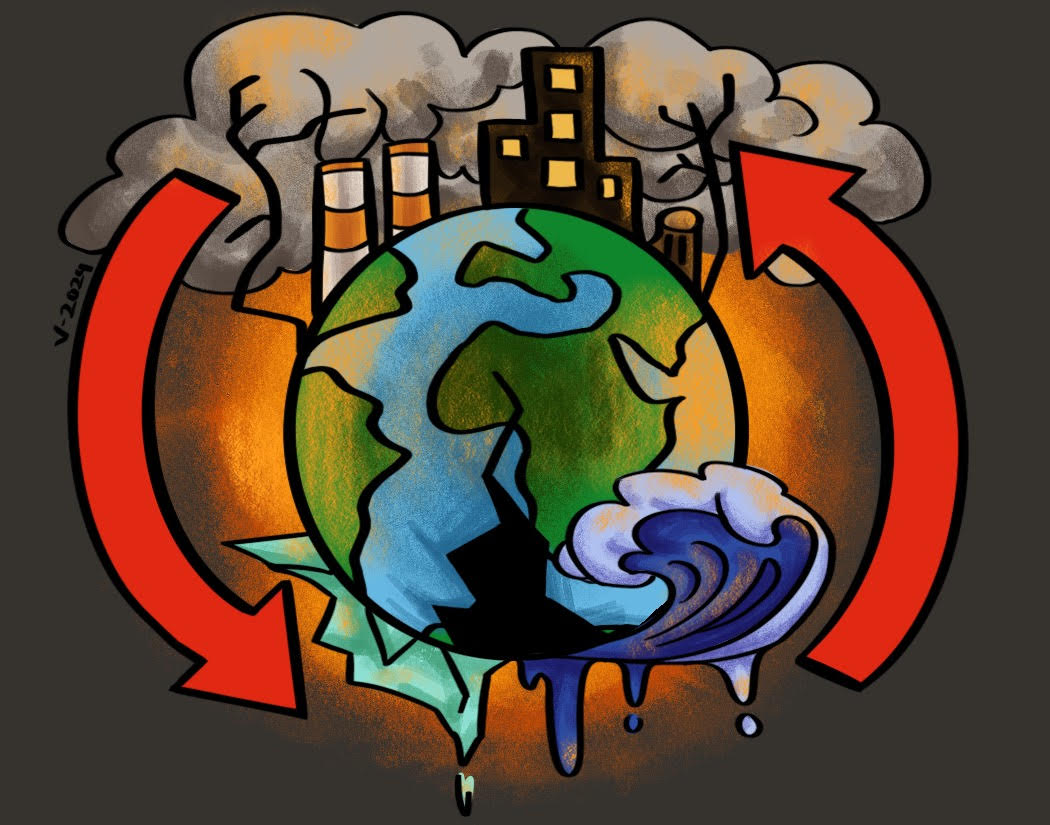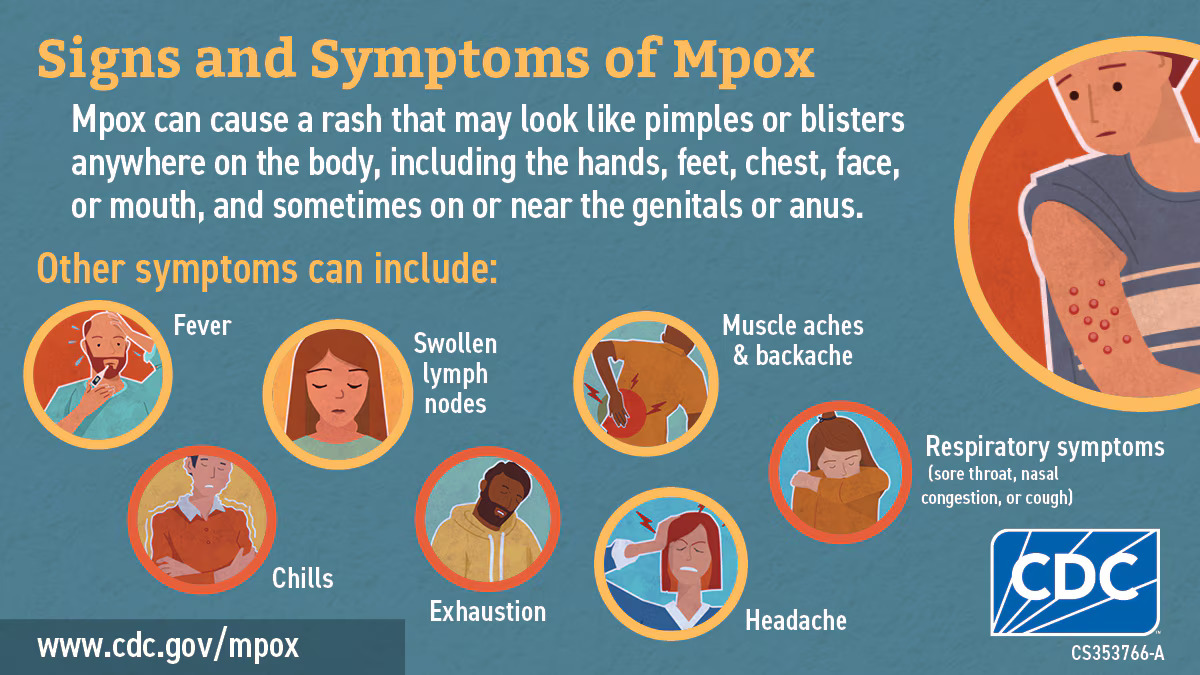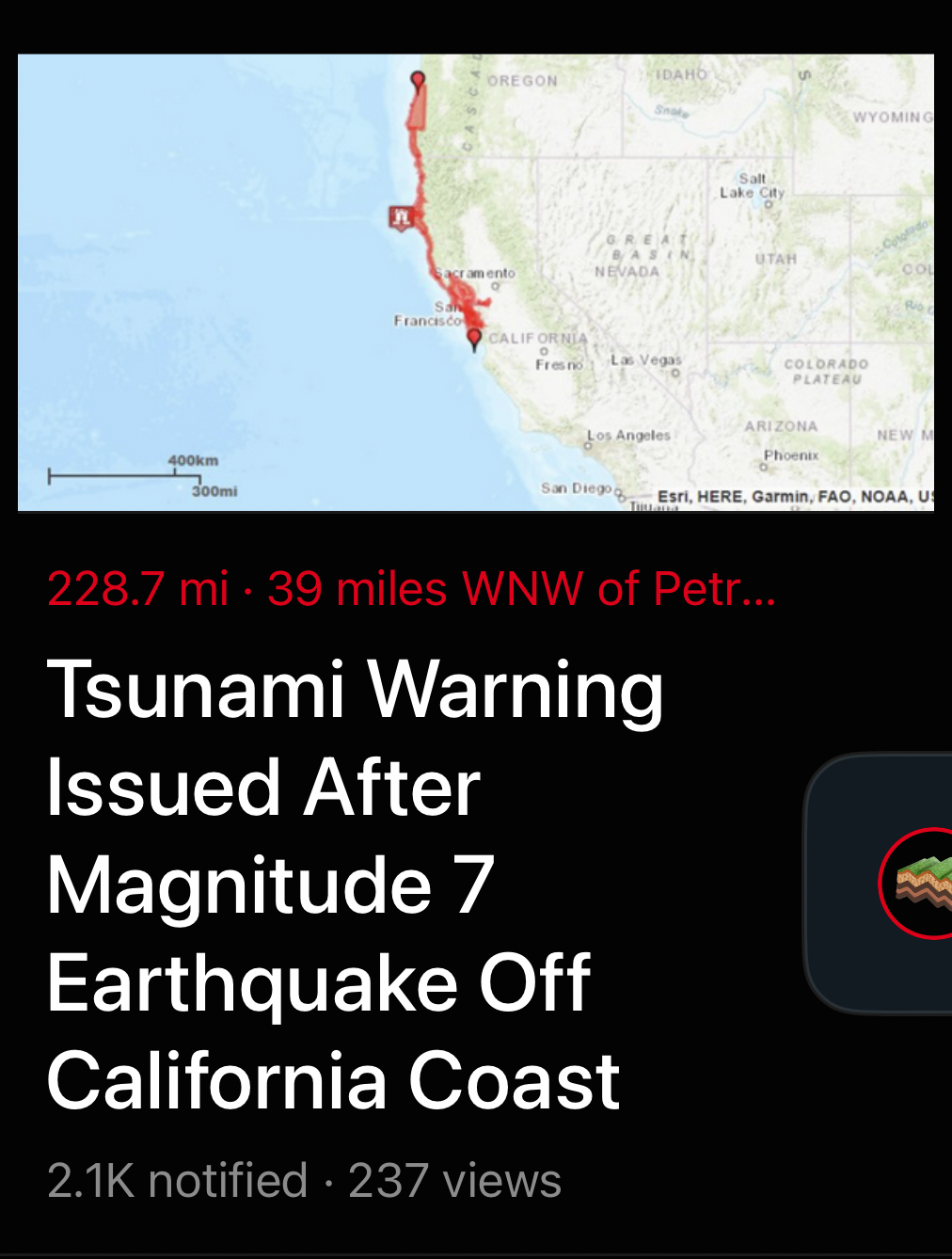In recent years, an intriguing relationship between earthquakes and climate change has emerged, revealing how seismic activity can be both a consequence of and a contributor to global warming.
As the planet warms and sea levels rise, new research highlights how these changes are influencing seismic behavior and potentially amplifying earthquake risks.
A 2024 study by Marco Bohnhoff, Patricia Martínezn Garzón, and Yehuda Ben Zion examined how rising global mean sea levels and increased hydrostatic pressure from melting ice are altering seismic activity. The rise in sea level–from 1.4 mm/year between 1901 and 1990 to up to 3.6 mm/year from 2006 to 2015–is associated with an increase in tectonic stress.
As sea levels rise, the added pressure on underwater faults may trigger or enhance seismic activity, creating a feedback loop that intertwines climatic changes with geological processes.
Loghan Hwang ’27 reflected, “I feel bad as humanity, that we have increased sea levels and tectonic activity, further catapulting global warming.”
The connection is further complicated by extreme weather events. Research by Qing-Yu Wang, Xin Cui, William B. Frank, Yang Lu, Takashi Hirose, and Kazushige Obara highlights how intense precipitation influences seismic activity.
Seasonal variations in groundwater pressure within rock and soil– also known as pore pressure–are caused by fluctuations in snow and rainfall. This increase in pore pressure in turn influences fault line activity.
This interaction suggests that heavy precipitation triggers darthquakes by increasing pore pressure in the Earth’s crust.
AP Environmental Science teacher Michael O’Brien noted, “Since all of Earth’s systems are interconnected and connected to Earth itself, it only makes sense that with increased intensity and frequency in weather and fire events–not to mention other, more direct anthropogenic culprits such as fracking–that seismic intensity and frequency would ‘naturally’ follow.”
Moreover, findings indicate that the impact of global warming on seismic hazards extends beyond direct pressure changes. The increased frequency and intensity of storms, driven by climate change, can alter the distribution of water and stress on fault lines,
altering seismic cycles.
This phenomenon, documented by researchers at the German Research Centre (GFZ) and the University of Southern California, points to a rising risk of earthquakes from both sea level rise and severe weather.
These interactions highlight the importance of integrating both climactic and seismic hazard assessments.
Coastal regions, particularly those harboring critical infrastructure, face heightened risks from earthquakes, now further compounded by climate change. The potential for cascading effects like landslides and tsunamis, triggered by earthquakes in these areas, emphasizes the need for disaster preparedness and climate adaptation strategies.
Dylan Garcia ’27, reflecting on the potential impacts, stated, “I empathize with coastal communities, and I wonder how San Francisco will be affected by these interactions.”
Future research must continue to explore the intricate links between seismic activity and climate.
By addressing these connections, everyone can better prepare for the combined challenges of global warming and seismic hazards, ensuring resilience in an increasingly volatile world.








